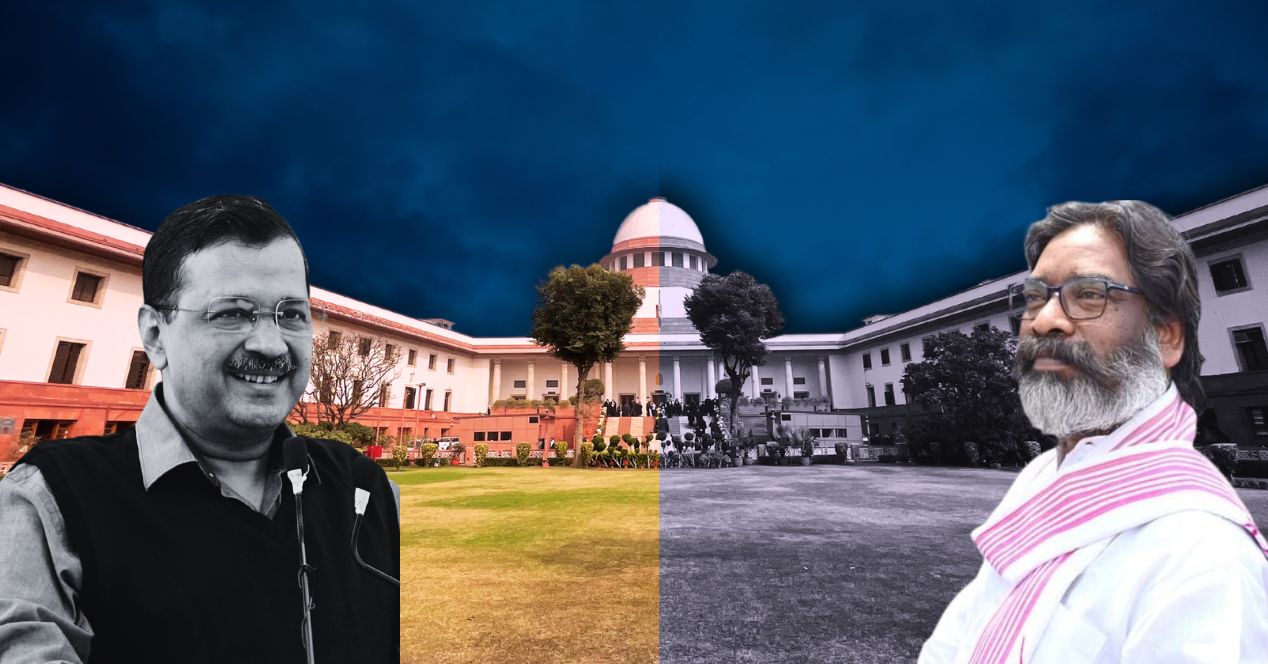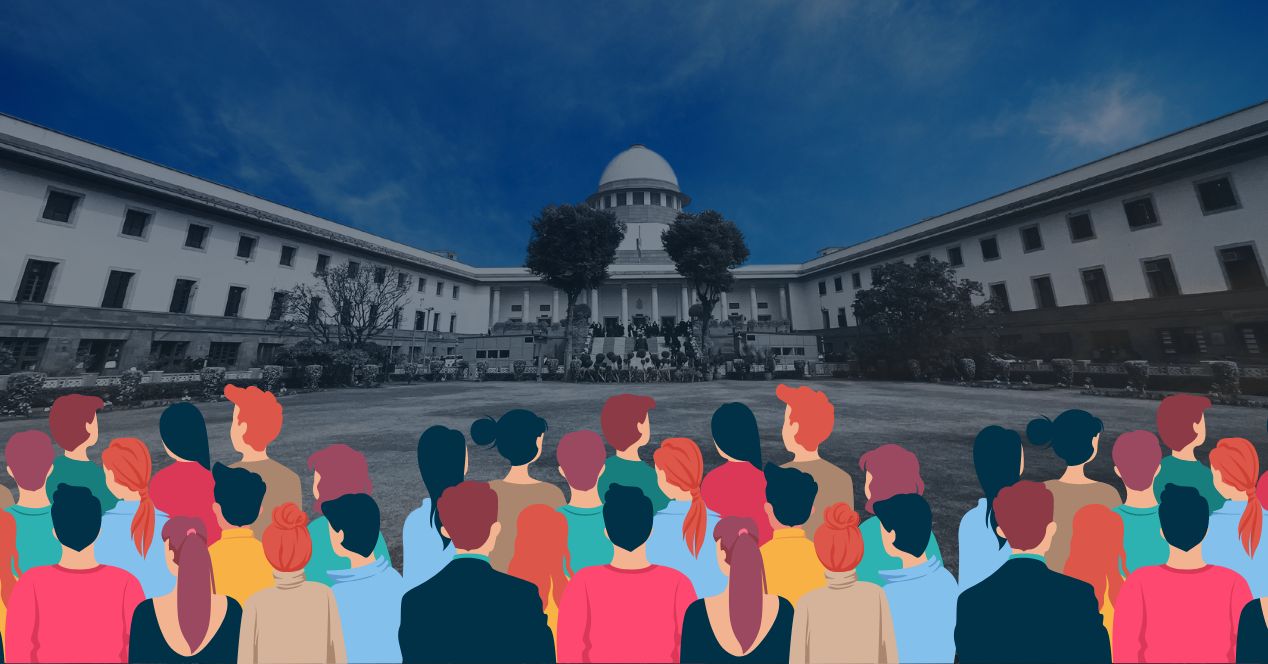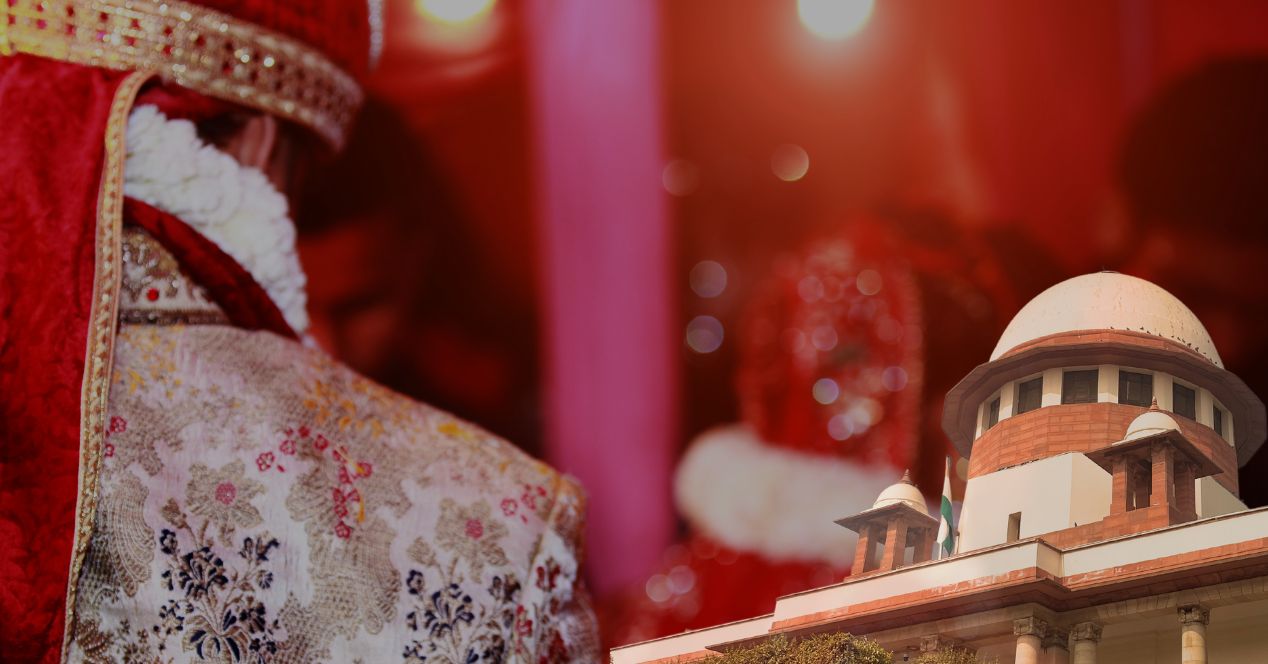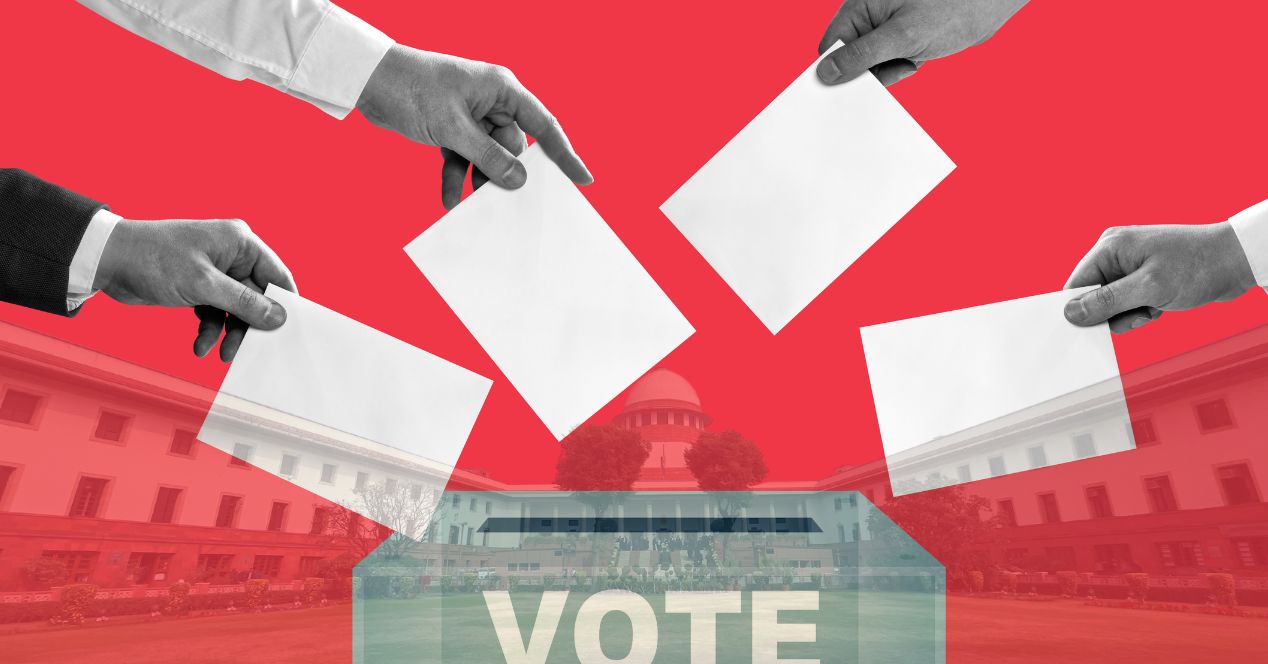Analysis
Kania and Nehru
Nehru’s fraught relationship with the judiciary had its roots in his exasperation with the first Chief Justice on the matter of appointments
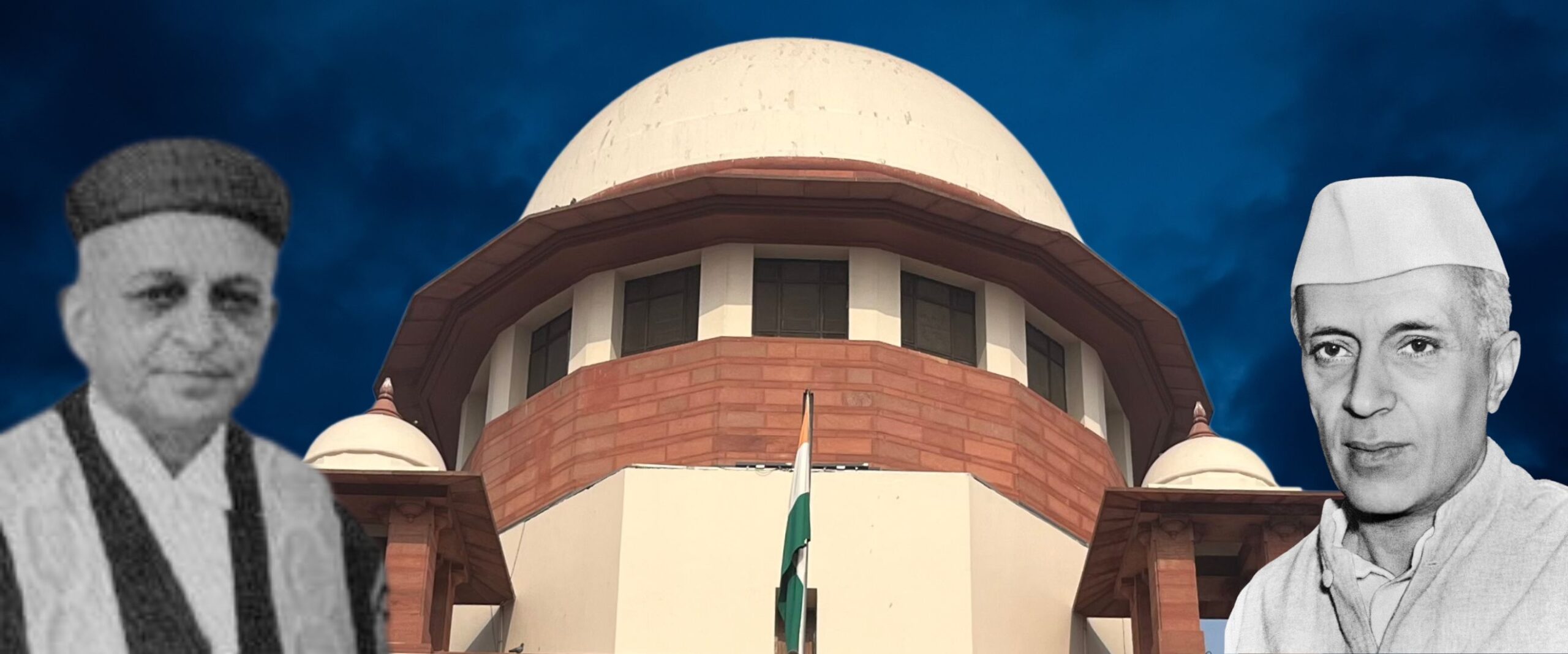
In this 75th year of the Supreme Court, fittingly, we at the SCO have published a profile of the first Chief Justice of India. Tracing his life and legacy, I was fascinated by the first CJI’s dynamic with the first Prime Minister, and what that relationship meant for the new republic.
It started off amicably, with Jawaharlal Nehru and Harilal Jekisondas Kania seeing eye-to-eye on the vision for an independent judiciary. Nehru’s stance on this was clear—in a Constituent Assembly debate in the summer of 1949, he spoke emphatically of the need for a judiciary which is capable of standing up against the executive and “whoever may come in their way.”
And so was Kania’s—around the same time, he spoke highly about the model the British had left behind, with its heightened sense of the separation of powers: “No doubt, a little mortar is falling here; a little brick is coming out there. But don’t destroy it by trying to interfere with the edifice. You may repair it or add to it or alter it somewhat, without destroying the structure as a whole.”
One of Kania and Nehru’s early correspondences was regarding the Sapru Commission Report. The Report, published in 1945, had recommended judicial appointments be made by the President, in consultation with the Chief Justice. However, a year later, in the Constituent Assembly, concerns were raised about the executive retaining too much discretion. But Nehru was not keen on alternatives. The Union Constitution Committee led by him plumped for the adoption of the Sapru model.
In a letter to Nehru in 1947, Kania raised his concerns. He said that judicial appointments had to be “insulated” from executive and political influence, and even at the state level, the High Court Chief Justice and the Governor should “be in direct touch, cutting out any mediation.”
In 1948, the two men ran into each other at an embassy dinner in the backdrop of political meddling in the appointments to the High Court of East Punjab. Kania mentioned to Nehru that the “deterioration of the judiciary had begun.” Nehru was so concerned that he came back and promptly wrote a letter to Home Minister Vallabhbhai Patel, “He [Kania] was very much perturbed, and seemed to think that unless some special steps were taken, our judiciary will deteriorate very quickly.”
But, in the countdown to 26 January 1950, fissures began to form in this dynamic. The question of judicial discretion had become prominent. Historian Granville Austin notes that in India’s communal society, the Chief Justice’s discretion on appointments would always be at risk of being coloured by “extraneous considerations” like caste, creed and religion.
Just three days before Kania took office as the first CJI, Nehru dashed off two letters to Patel about Kania blocking the permanent appointment of a Muslim judge in the Madras High Court. In the first letter, Nehru said that Kania’s “mentality” was “far from judicial.” In the second, he sought Kania’s resignation. We don’t have access to Kania’s written advice on the matter, but Noorani has noted that his actions reeked “blatantly” of “sectarian bias.”
Patel responded by saying that “some indiscretions by a Chief Justice have to be tolerated” even as he noted that “Kania’s ‘petty-mindedness’ “is a trait not uncommon with heads of the judiciary.” Still, he got Kania to relent by frankly telling him that his objection to the judge’s appointment would be considered “communal.”
Yet, a version of the same issue kept cropping up over the course of that year. In Madras again, Kania blocked an appointment which Patel said was rooted in “extraneous” reasoning, and yet another of a civil servant who he felt was not of “requisite calibre”. Kania even tried scuppering the appointment of Justice K.N. Wanchoo as Chief of the Rajasthan High Court—he felt that the Acting Chief Justice was more deserving of the position.
When Kania died in office in November 1951, Nehru insisted on having a say in the appointment of his successor. The convention of seniority-based appointment hadn’t been baked in by then. It’s been speculated that Nehru’s options ranged from an outsider like M.C. Chagla to S.R. Das, who was fourth in line when it came to seniority.
Nehru’s resistance to M. Patanjali Sastri’s appointment, the senior-most judge after Kania, would have remained resolute if not for the threat of resignation by all six sitting judges. And so Nehru’s fraught relationship with the judiciary further solidified. The way he’d pushed through the First Constitutional Amendment to work around some of the Court’s early judgements was no doubt fresh in memory, but, really, the seeds of the tension had been sown during the tenure of the first Chief Justice.
This article was first featured in SCO’s Weekly newsletter. Sign up now!

